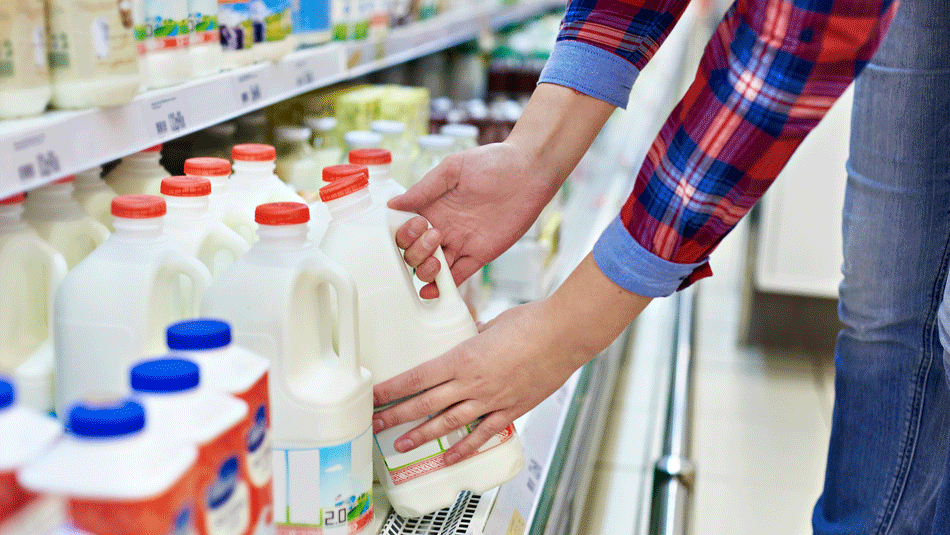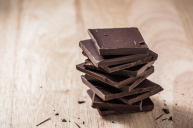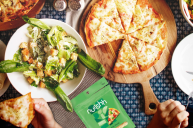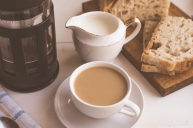Do you know where your milk really comes from? No, not the grocery store you bought at it, but instead where the dairy inside was produced. When we consider all of the changes coming to fast food that reflect sustainable and environmentally-friendly practices, from McDonald's forgoing straws in U.K. restaurants to Burger King refusing to serve chicken from abusive poultry farms, it's particularly interesting that we focus more on poultry than dairy.
Videos by Wide Open Country
After all, Americans consume about 630 pounds of milk, yogurt, ice cream, and cheese per year according to the U.S. Department of Agriculture. According to the same statistics, the average American consumes about 92 pounds of chicken per year, a number that's been on the rise for the past few years. We've spent time in the past researching how to decode your egg cartons and how to determine which bread loaf is the freshest, but there was one area we haven't looked closely at, until now: milk codes. That's right, just as egg cartons and bread twist ties use simple systems to alert consumers, your carton of milk and other dairy products also have secret codes.
If you're curious about the origin of your milk, whether dairy farmers or producers, you can figure out where it's from using the handy tool at Where Is My Milk From?. Most dairy products, whether it's sour cream, infant formula, cottage cheese, ice cream, yogurt, or milk products, are bottled and packaged with a secret code printed near or under the expiration date.
Milk Code Basics
- Check near the lid or top label of the dairy product.
- The first part of the code will always have two numbers that range between 01 and 56. Per Where Is My Milk From?, the codes never start with letters.
- The second part of the code contains five digits and may contain letters and dashes, in addition to numbers.
- The codes never have colons (:).
Again, not all dairy foods have codes, but most will. The code corresponds to the plant number and state where the milk was processed. The FDA's Interstate Milk Shippers list uses these codes to connect the dairy industry to consumers in America, but Where Is My Milk From? simplifies the process.
You'll plug in the plant code and receive the name and location of the specific dairy. While you won't know all of the facts, especially if the product in question, used product from multiple dairies, you'll at least know something. Some plant codes will repeat, though the milk producers are located at different dairies. That's because bottling often happens in separate locations, even if it's different types of milk, like skim milk versus soy milk.

I tested this website out in the office kitchen with one Nestle Coffee Mate Honey Creme bottle and found the code read 49-01. Honestly, it was a bit hard to read, which was disappointing. I also learned that it was technically expired, so into the trash it went! I won't lie to you and say that I didn't put some in my own coffee this morning. Sue me, I feel fine!
It states that it was processed in Cedar City, Utah. You can also see the products made there, which include Lactose Reduced Milk and Milk Products and Ultra-Pasteurized Milk and Milk Products.

My Chobani yogurt, on the other hand, had a code that read 36-8216. Again, hard to read and printed on the black text of the label, I had to squint to make sure it was right.
This places at a processing plant in New Berlin, New York. Also made at this plant are Yogurt products (including Lowfat or Skim), Heat-Treated dairy, and Raw Milk for Pasteurization.
So if you've ever wondered just who is handling your dairy products before you buy, it's even easier to check while you're grocery shopping. All you need to do is go online to their website on your mobile device and check. This particular information is handy for recalls, which often list the plant or factory of the center of the outbreak, but don't always list the brands included.





